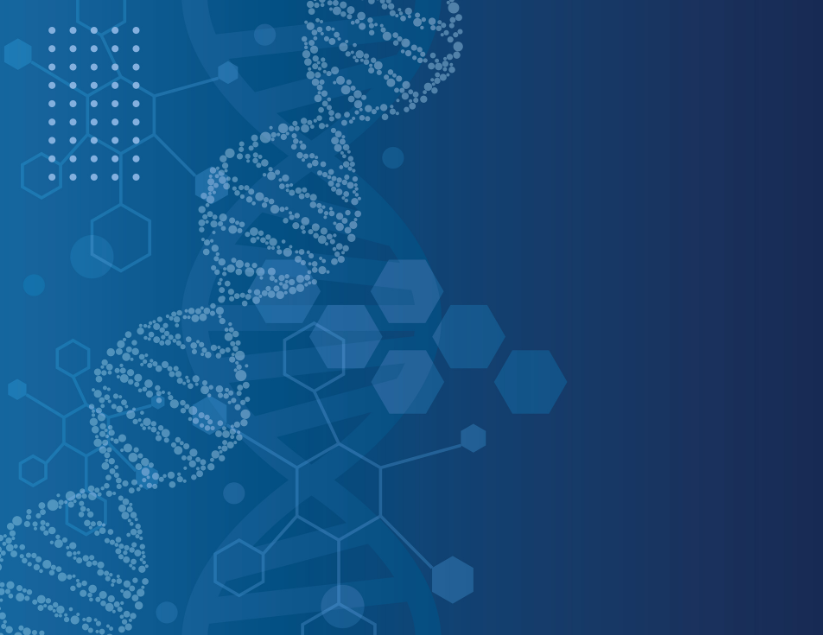Building Decision Points Into Research’s Slipperiest Slopes
By John H. Evans, Craig Callender, Neal K. Devaraj, Farren J. Isaacs, and Gregory E. Kaebnick,
Issues in Science and Technology
| 07. 04. 2025
The controversy around a ban on “mirror life” should lead to a more nuanced public conversation about how to manage the benefits and risks of precursor biotechnologies.
About five years ago, the five of us formed a discussion group to investigate the ethics of working with the building blocks of mirror life—biomolecules that are essentially mirror images of their natural counterparts. We knew that less-novel research within the broader field of synthetic biology has been the subject of extensive social and ethical debates, so we wanted to be proactive about a technology we consider even more novel. Two of us (Devaraj and Isaacs) are synthetic biologists who focus on lipids, nucleic acids, and proteins. The rest are a philosopher of science (Callender), a social ethicist of biotechnology (Evans), and a bioethicist (Kaebnick). We met roughly quarterly to discuss what was happening in our labs, as well as the possible futures of such technology.
Last year, Devaraj and Isaacs were invited into a second group, a large consortium of dozens of synthetic biologists and research leaders preparing a statement on...
Related Articles
By Josie Ensor, The Times | 12.09.2025
A fertility start-up that promises to screen embryos to give would-be parents their “best baby” has come under fire for a “misuse of science”.
Nucleus Genomics describes its mission as “IVF for genetic optimisation”, offering advanced embryo testing that allows...
By Hannah Devlin, The Guardian | 12.06.2025
Couples undergoing IVF in the UK are exploiting an apparent legal loophole to rank their embryos based on genetic predictions of IQ, height and health, the Guardian has learned.
The controversial screening technique, which scores embryos based on their DNA...
By Vardit Ravitsky, The Hastings Center | 12.04.2025
Embryo testing is advancing fast—but how far is too far? How and where do we draw the line between preventing disease and selecting for “desirable” traits? What are the ethical implications for parents, children, clinicians, and society at large? These...
By Grace Won, KQED Forum [with CGS' Katie Hasson] | 12.02.2025
In the U.S., it’s illegal to edit genes in human embryos with the intention of creating a genetically engineered baby. But according to the Wall Street Journal, Bay Area startups are focused on just that. It wouldn’t be the first...




